
Bird Walk at Chota Mahadev (Jamuniya Machagora Dam), Chhindwara (MP)


- Chhindwara
- 17 October, 2025
- Rohit Yadav
About Jamuniya Machagora Dam
The Chota Mahadev region, near the Machagora Dam (Jamuniya) in Tamia, Chhindwara district, Madhya Pradesh, lies in the Satpura foothills, in relatively rugged, forested terrain. The dam’s backwaters and associated riparian zones, mixed with forested hills, create a mosaic of aquatic and forest habitats. Such mixed habitat is attractive to waterbirds, waders, kingfishers, herons, and forest edge species like barbets, flycatchers, woodpeckers, and raptors. The area around Chota Mahadev is reported to have deep forest cover, waterfalls, and steep hillsides.
However, threats include water fluctuations (due to dam operations), habitat disturbance from boating or tourism, siltation, aquatic pollution, and edge effects from human settlement or agricultural runoff. Preserving the riparian vegetation buffer, regulating human use of the dam’s periphery, and integrating the dam’s management with forest conservation are key steps. Local awareness and possible designation as a conservation or bird-sanctuary zone could help protect sensitive species.
Bird walk Location
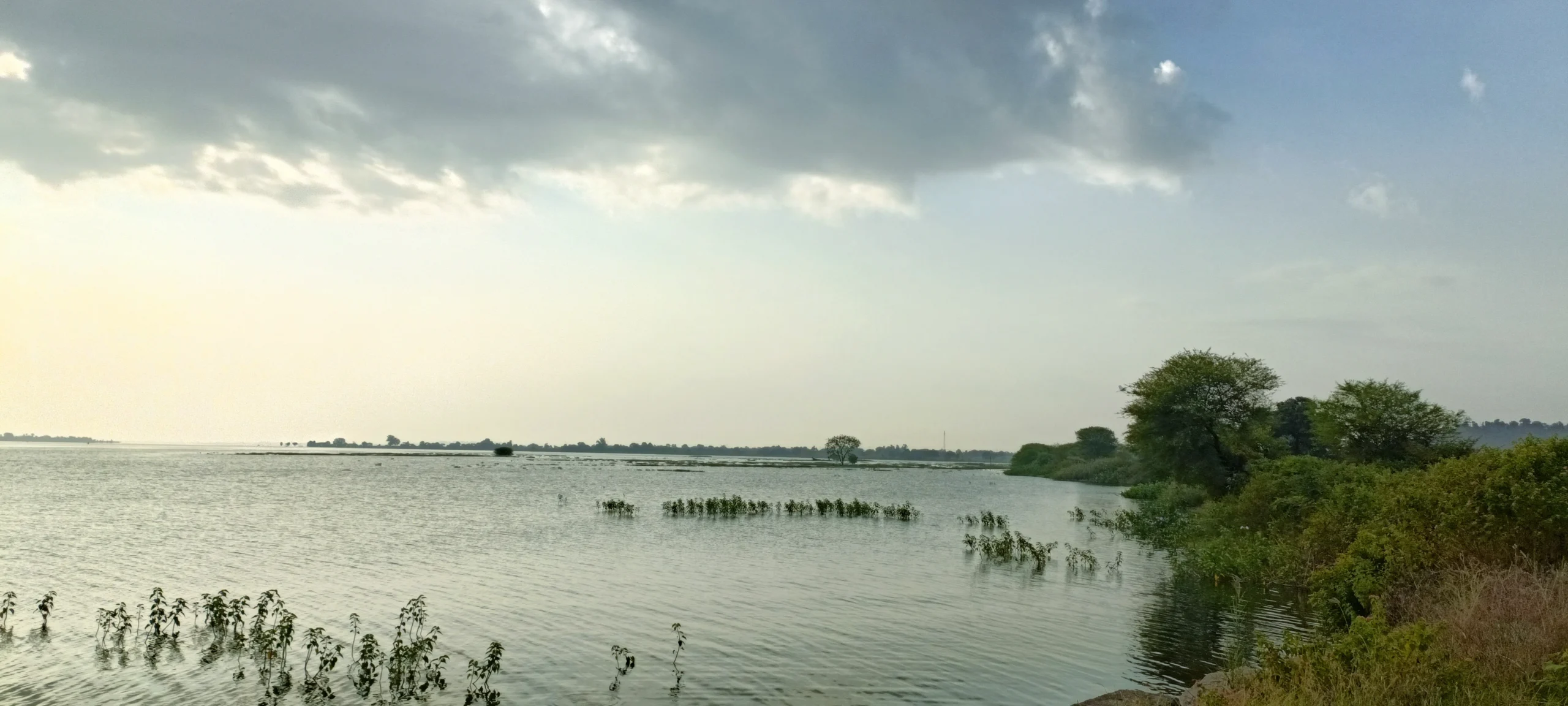
Common birds of Jamuniya Machagora Dam
For Chota Mahadev near the dam area, one would expect a mix of waterbirds plus forest and edge species. Common water-affiliated species in central India include Indian River Tern, Indian Pond Heron, Grey Heron, Little Cormorant, White-throated Kingfisher, and Pied Kingfisher (typical of river/ reservoir habitats). (These are widely recorded on dams and reservoirs across central India in eBird). Surrounding forest and scrub might host Indian Peafowl, Racket-tailed Drongo, Greenish Warbler, Coppersmith Barbet, Asian Paradise Flycatcher, White-browed Wagtail, and Spotted Dove.
Because Chota Mahadev lies in the Satpura foothill region, one can also expect occasional raptors (e.g. Black Kite, Crested Serpent Eagle) and forest edge species such as Barbets, Barbets, and bulbuls.
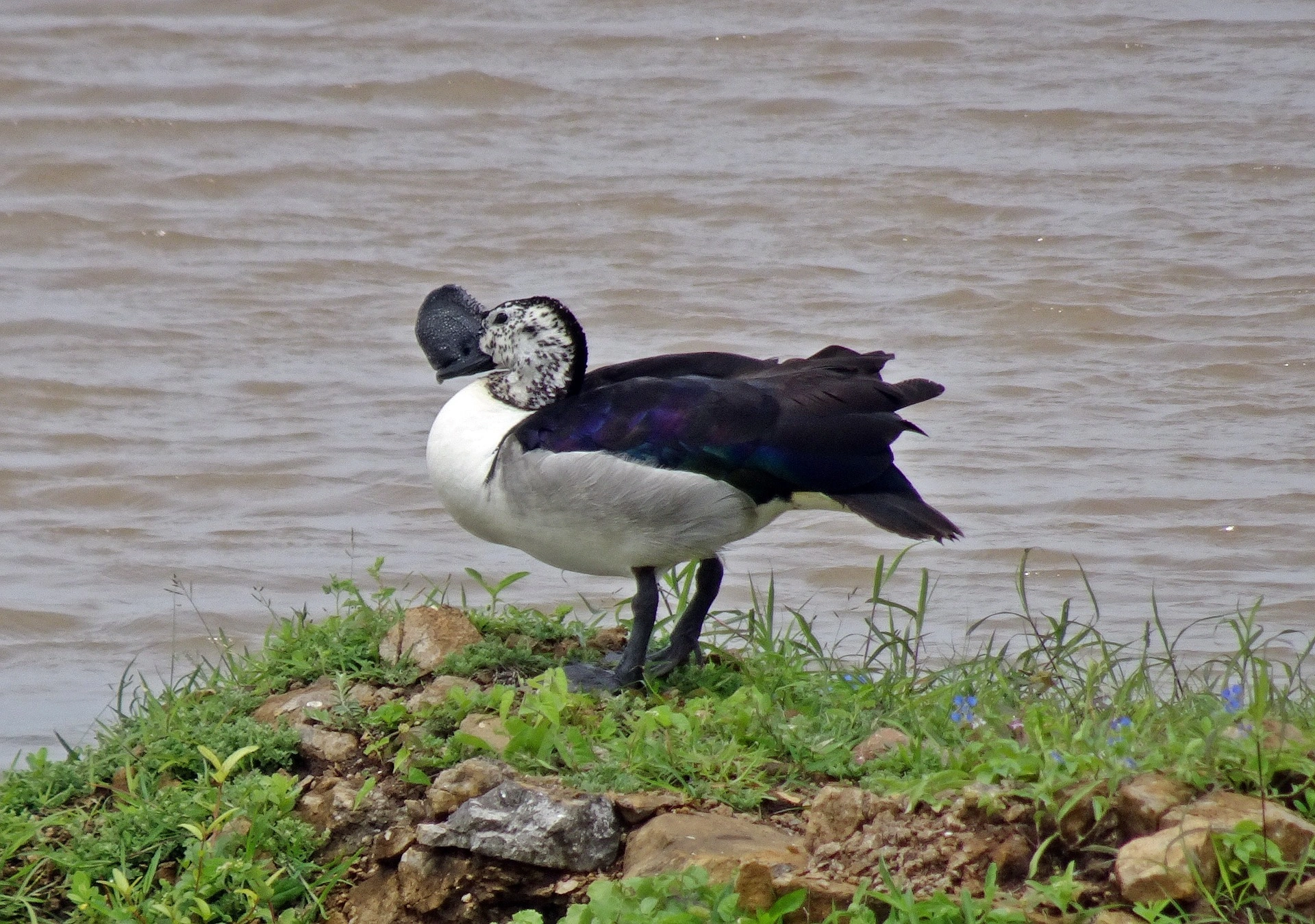
Knob-billed Duck
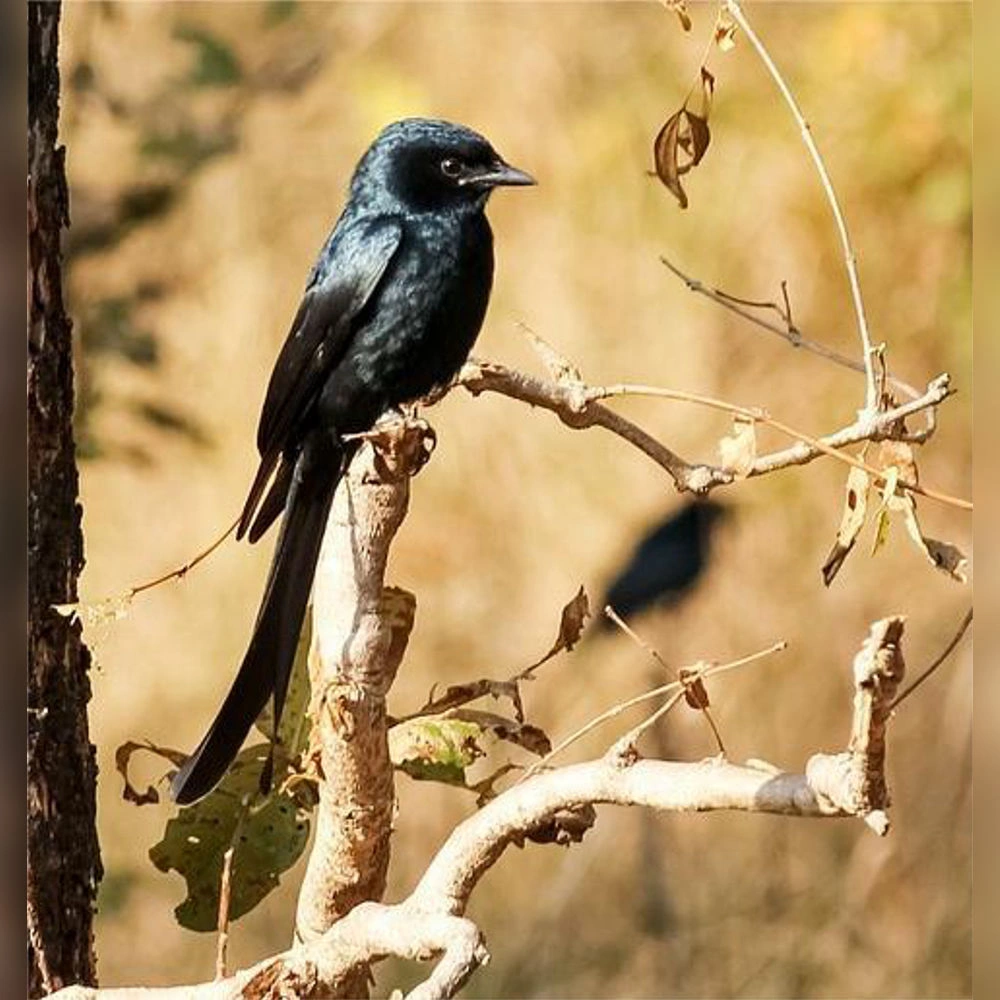
Black Drongo
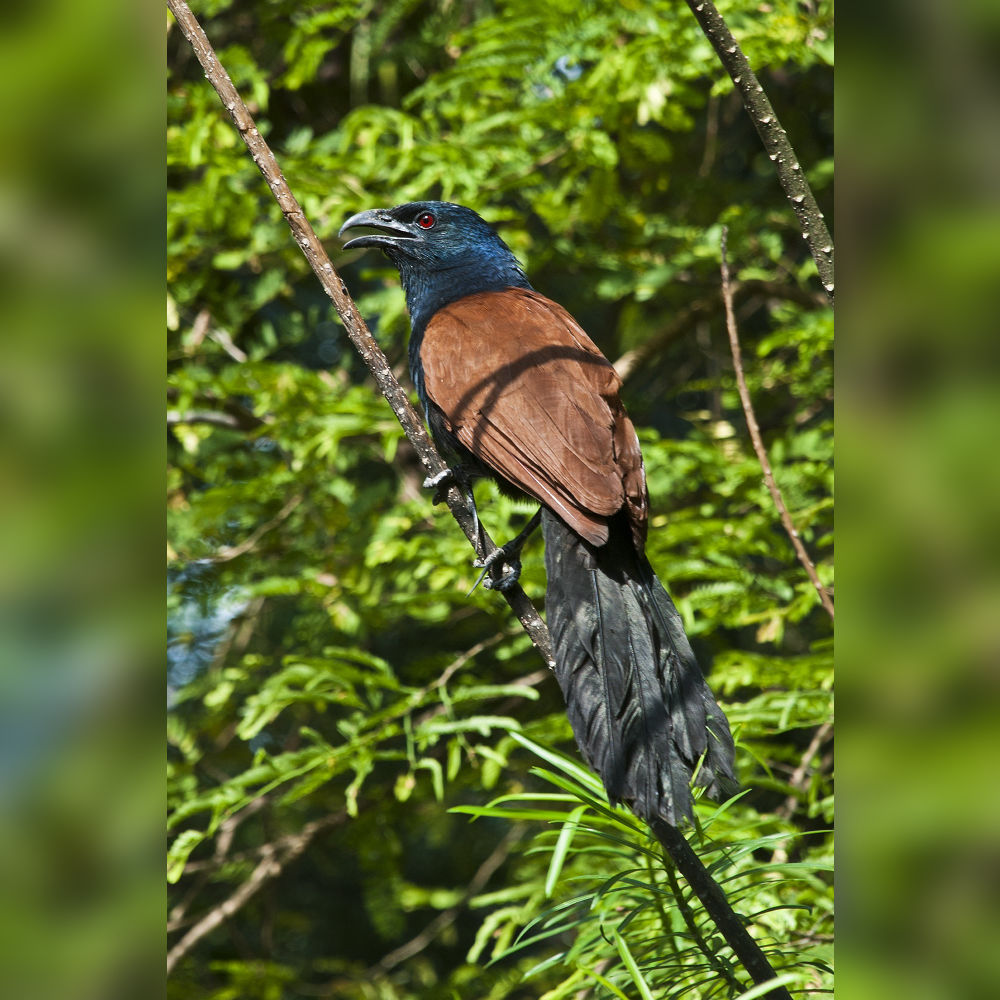
Greater Coucal
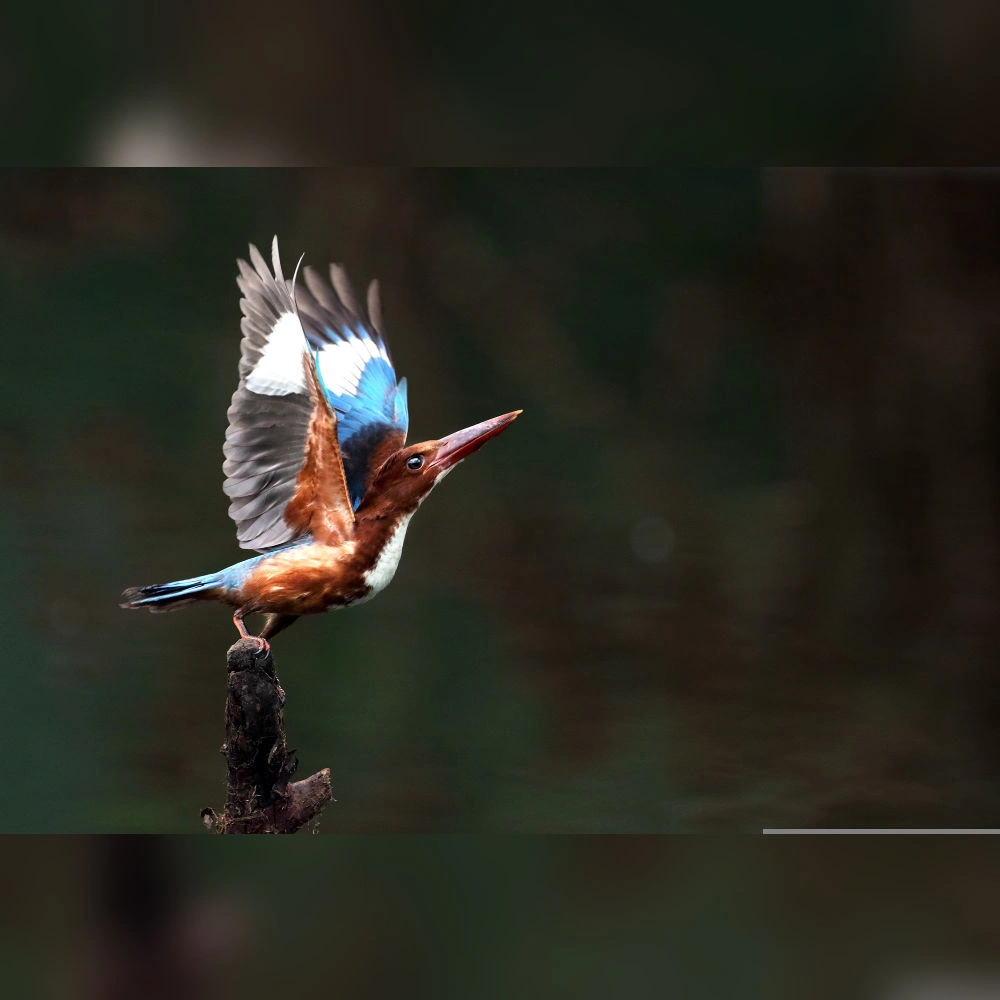
White-throated Kingfisher
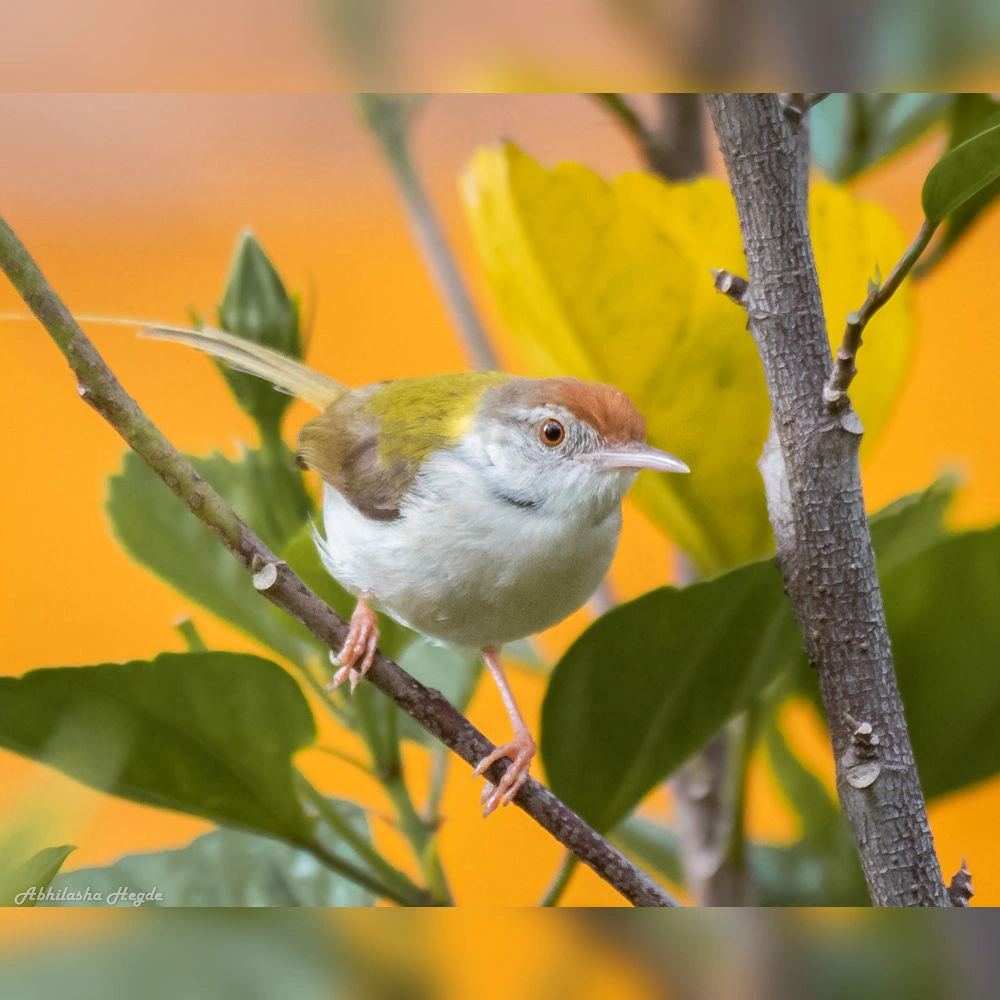
Common Tailorbird
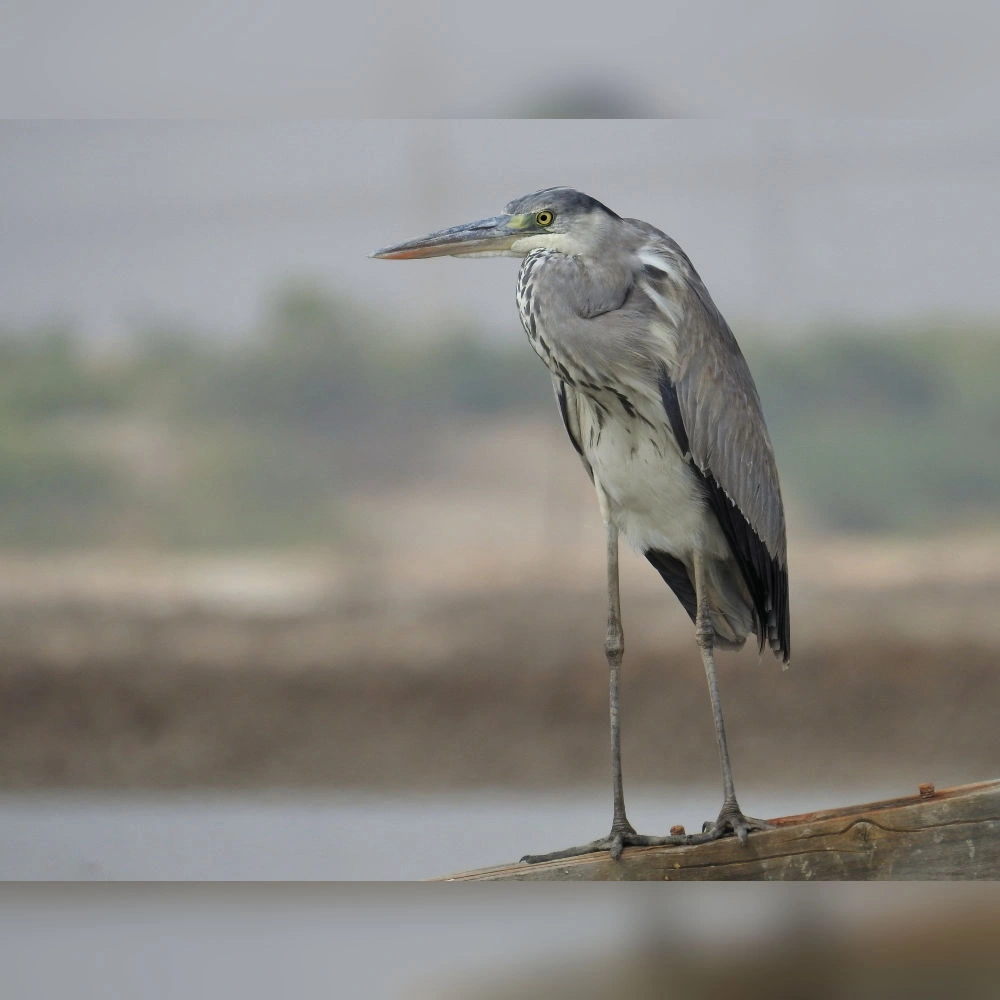
Grey Heron
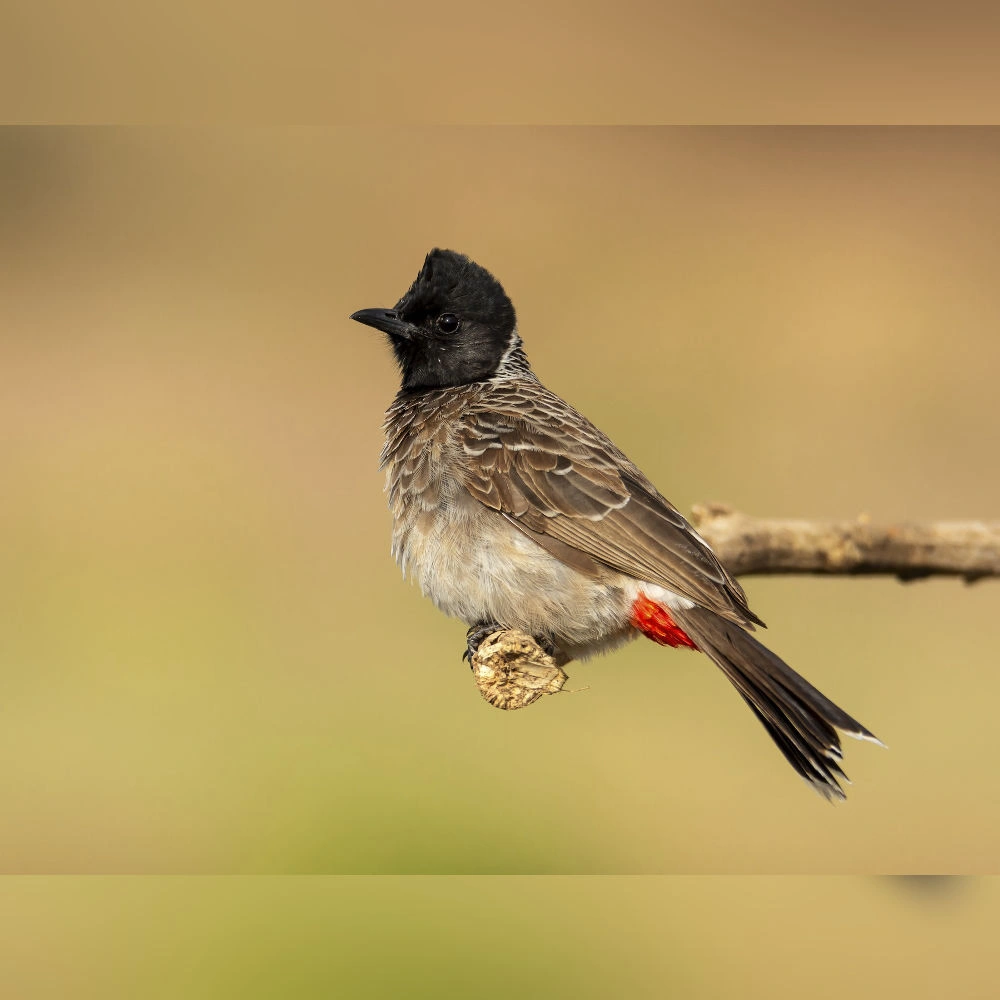
Red-vented Bulbul
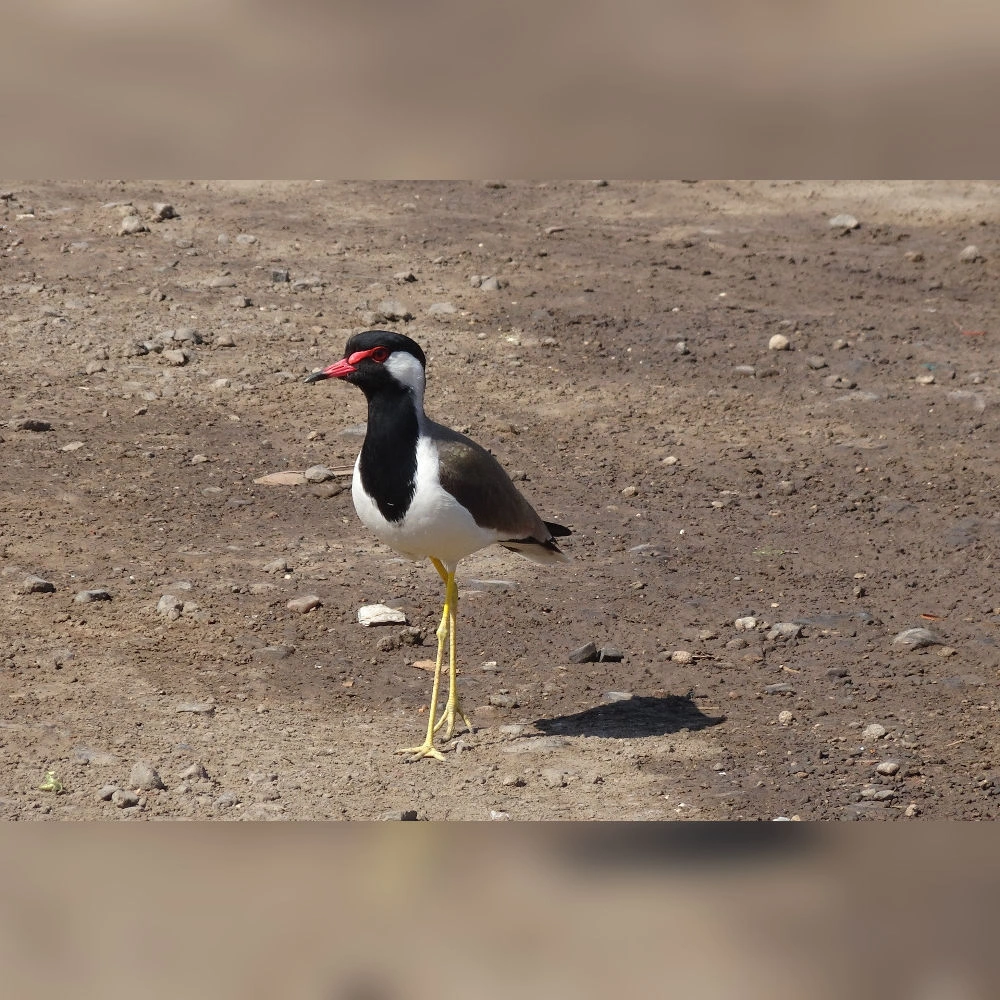
Red-wattled Lapwing
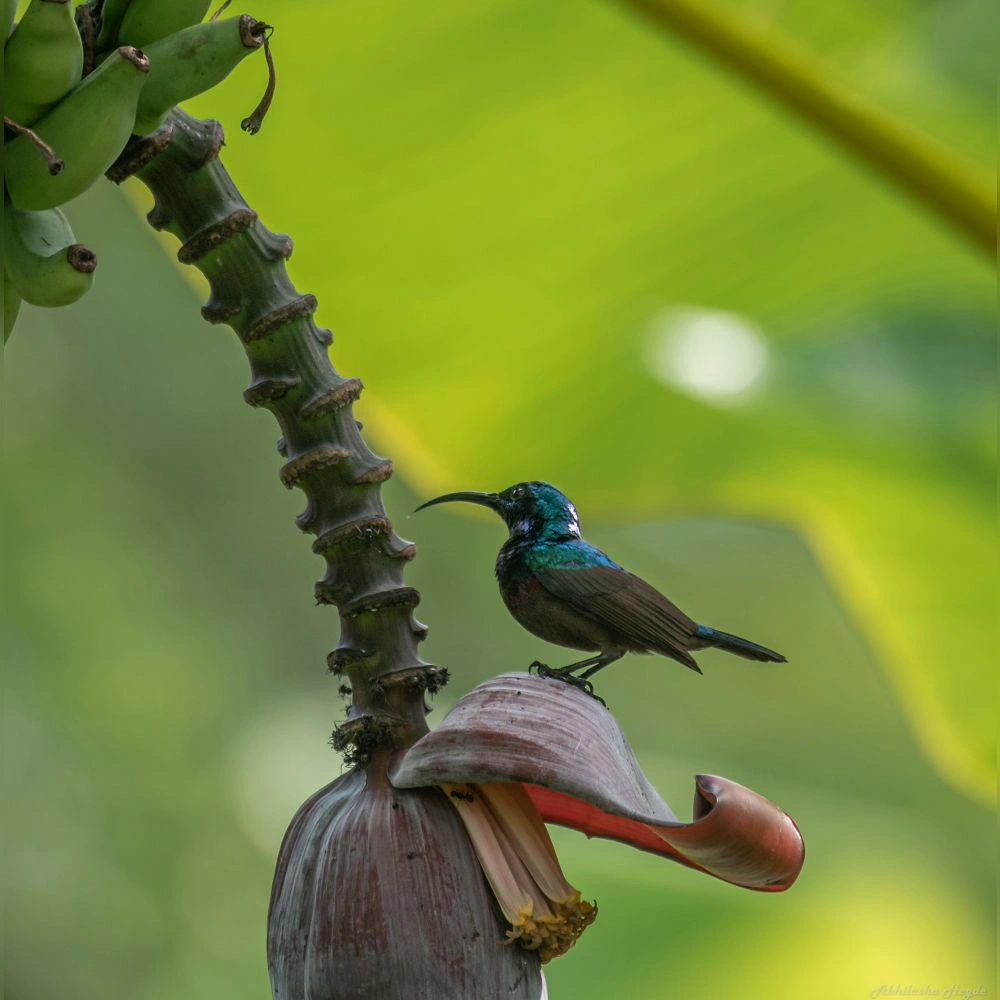
Purple Sunbird
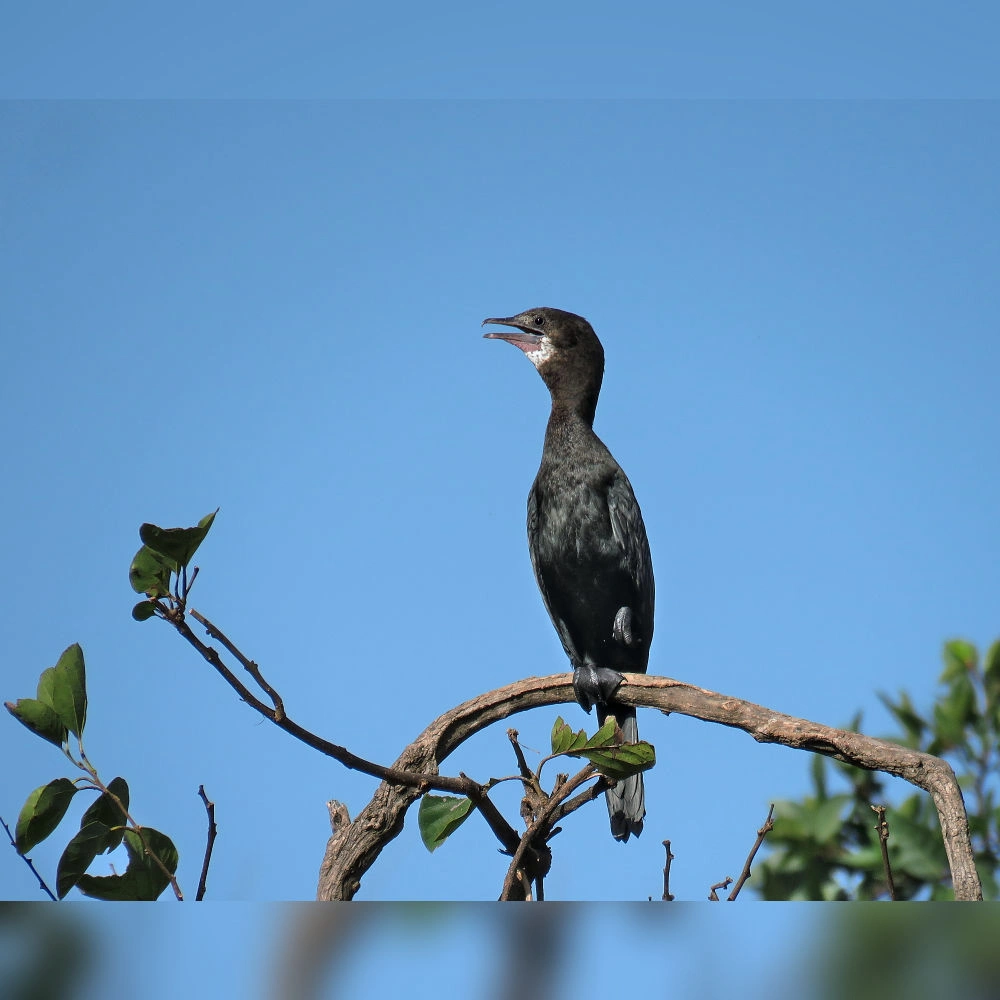
Little Cormorant
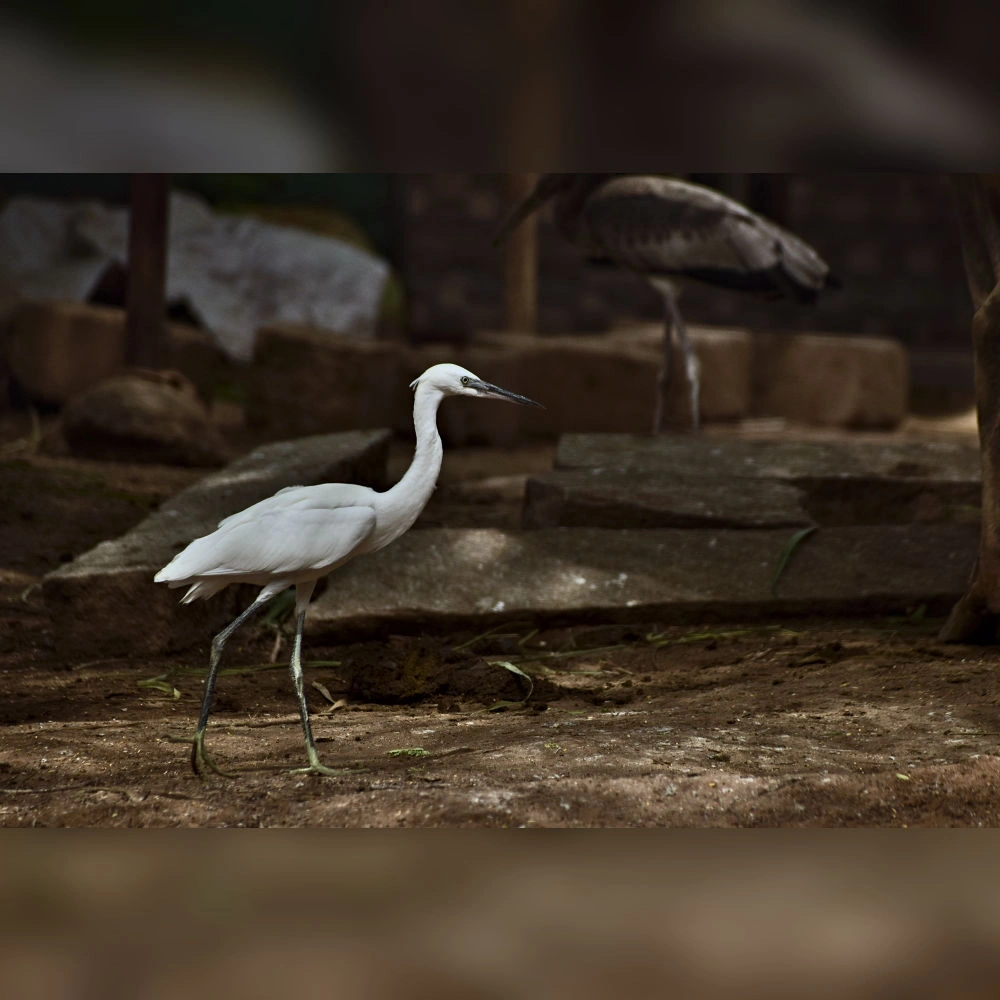
Little Egret
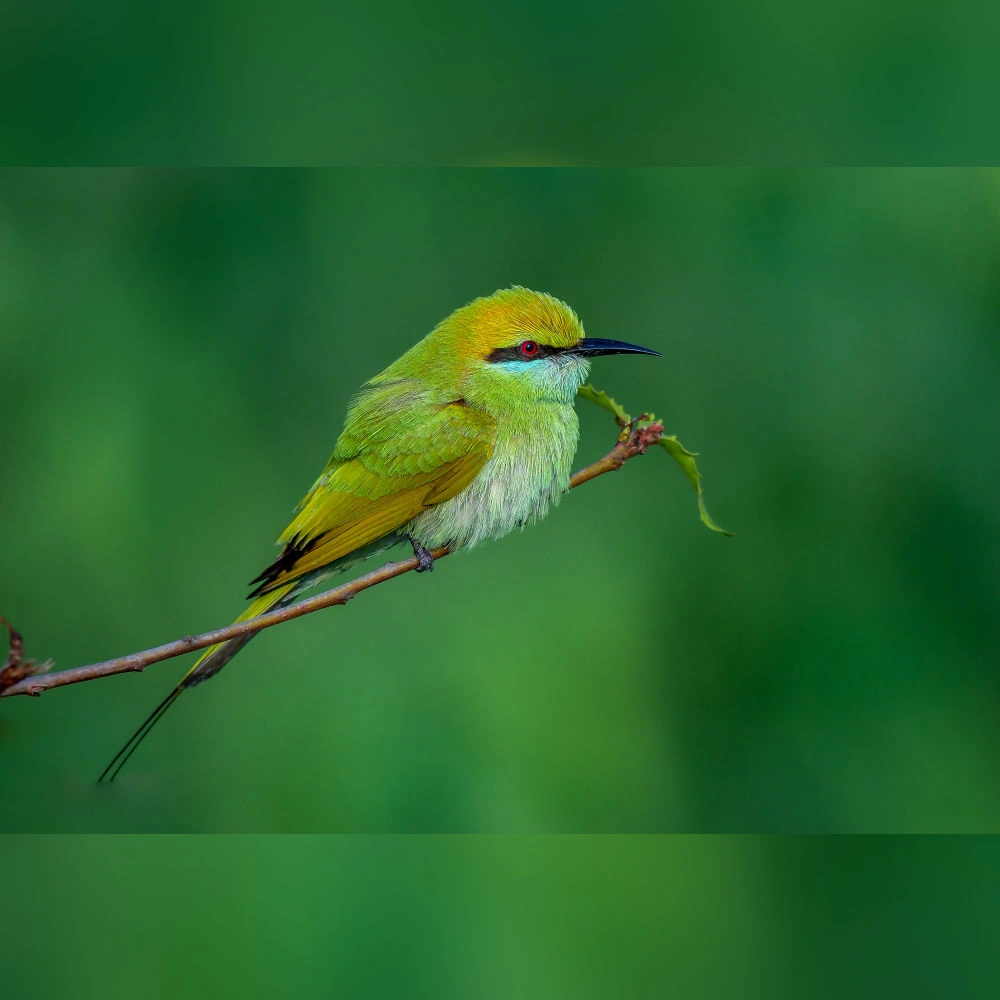
Asian Green Bee-eater
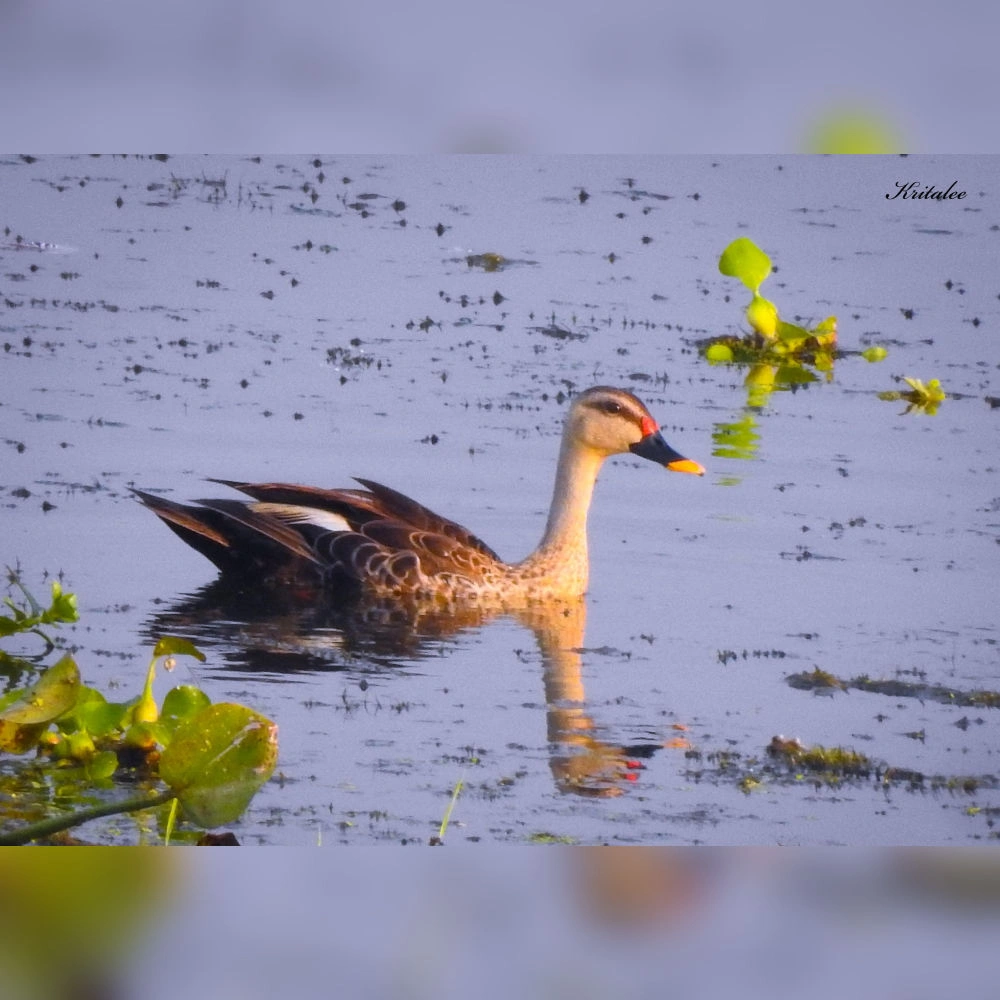
Indian Spot-billed Duck
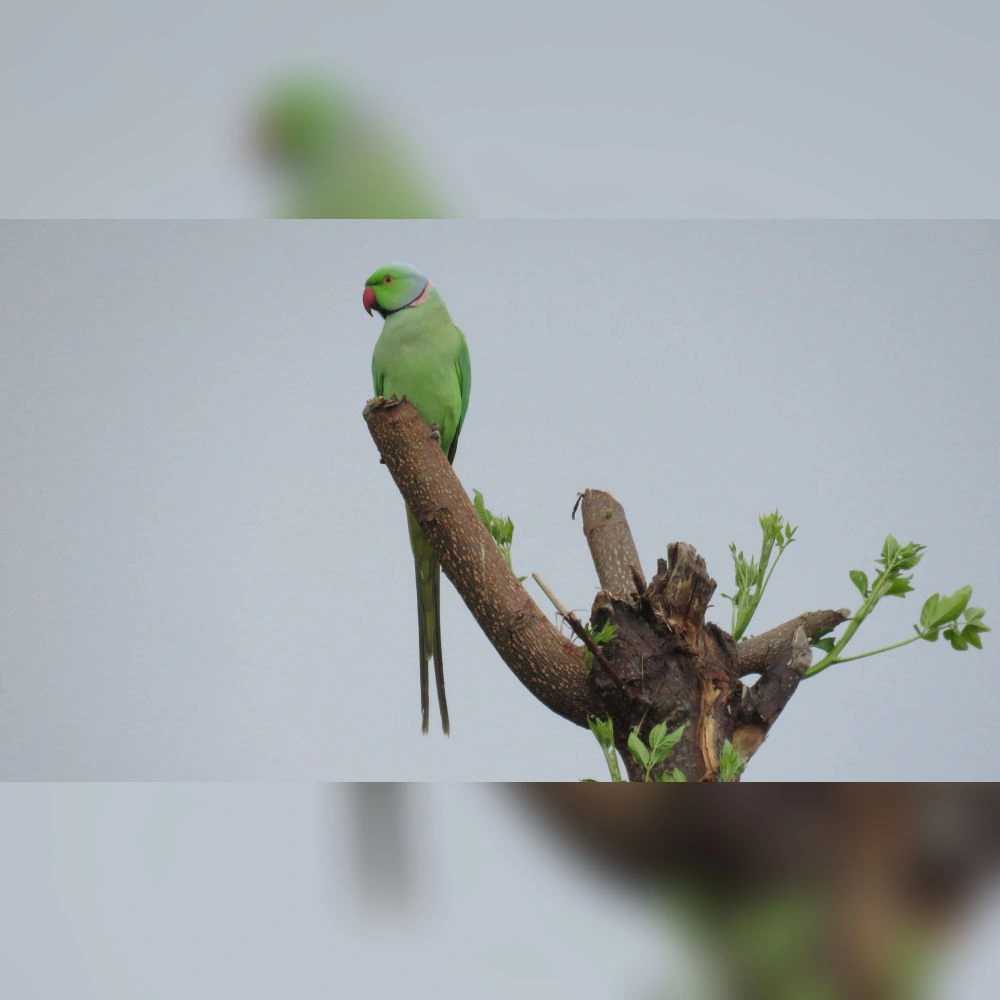
Rose-ringed Parakeet
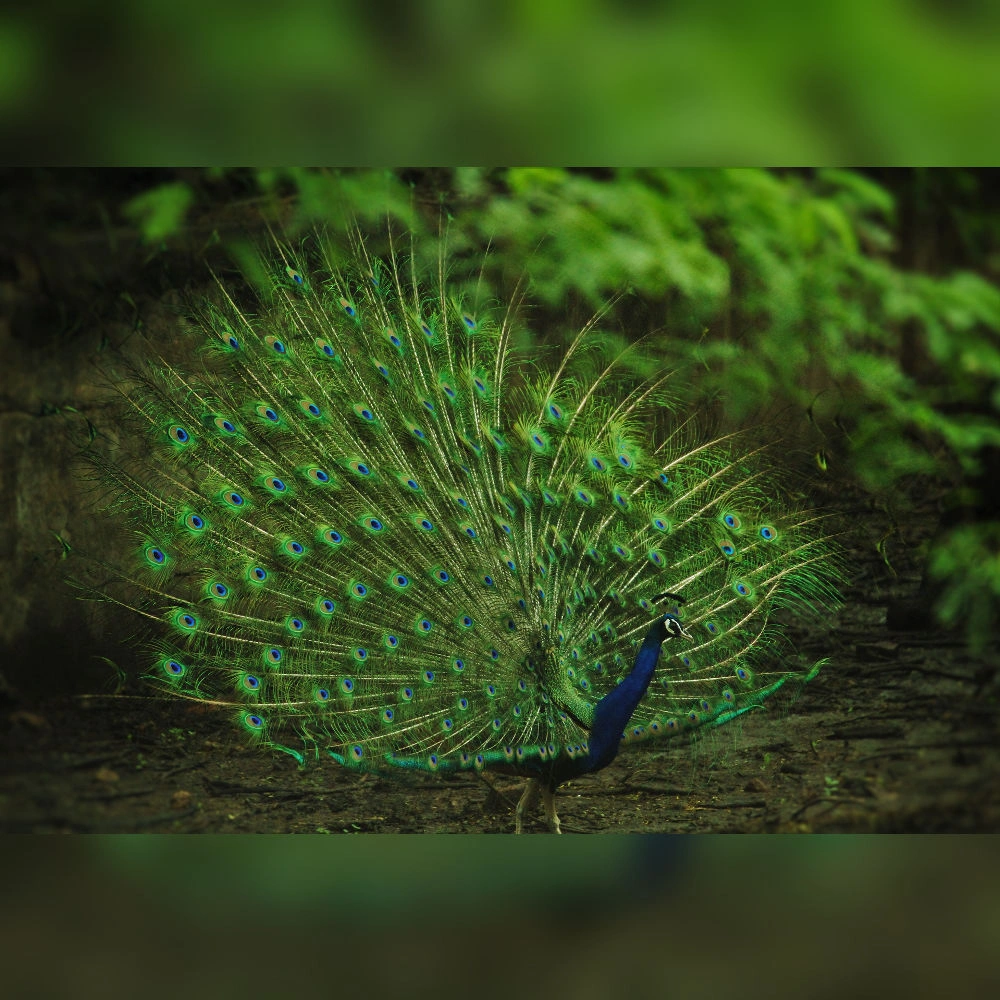
Indian Peafowl
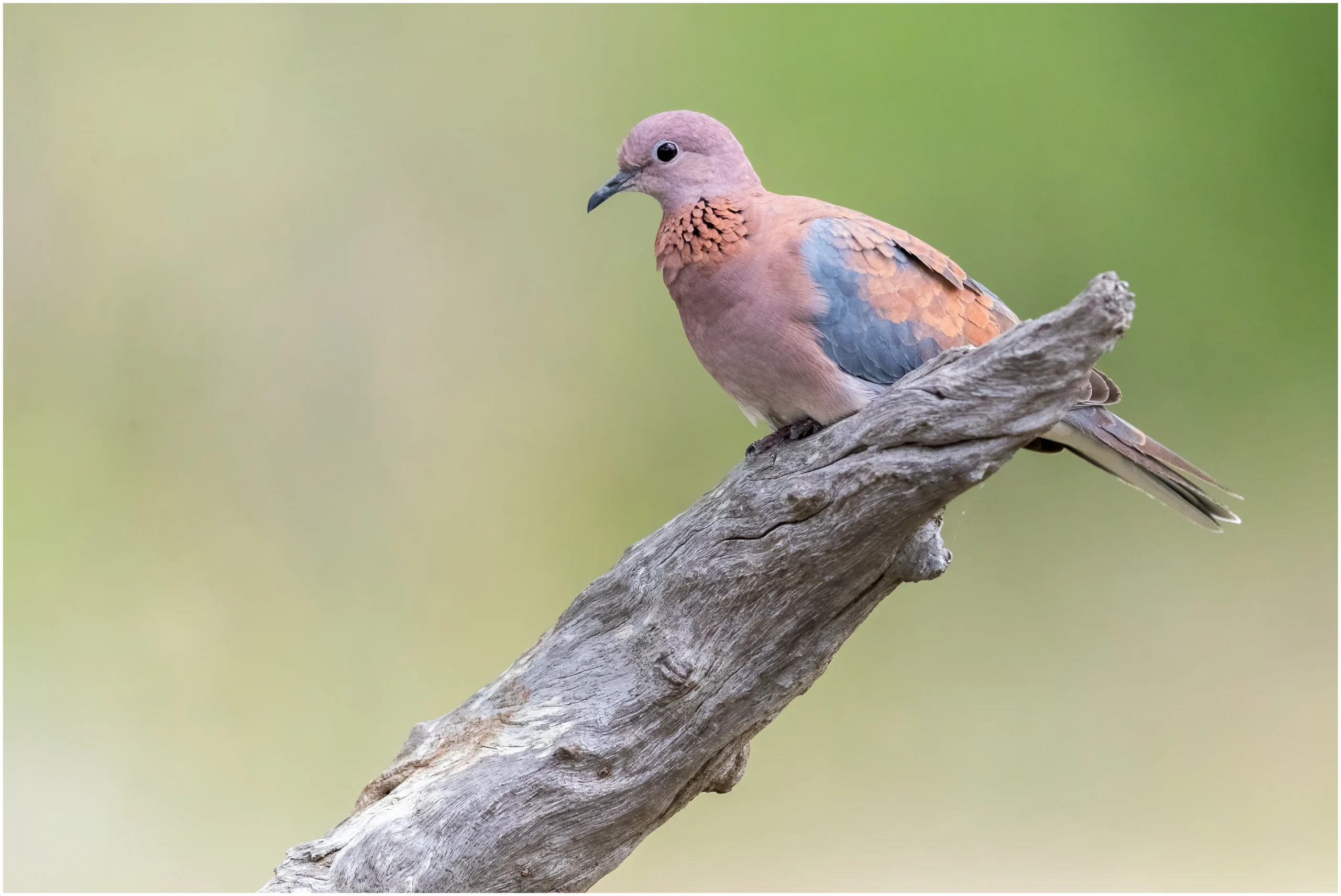
Laughing Dove
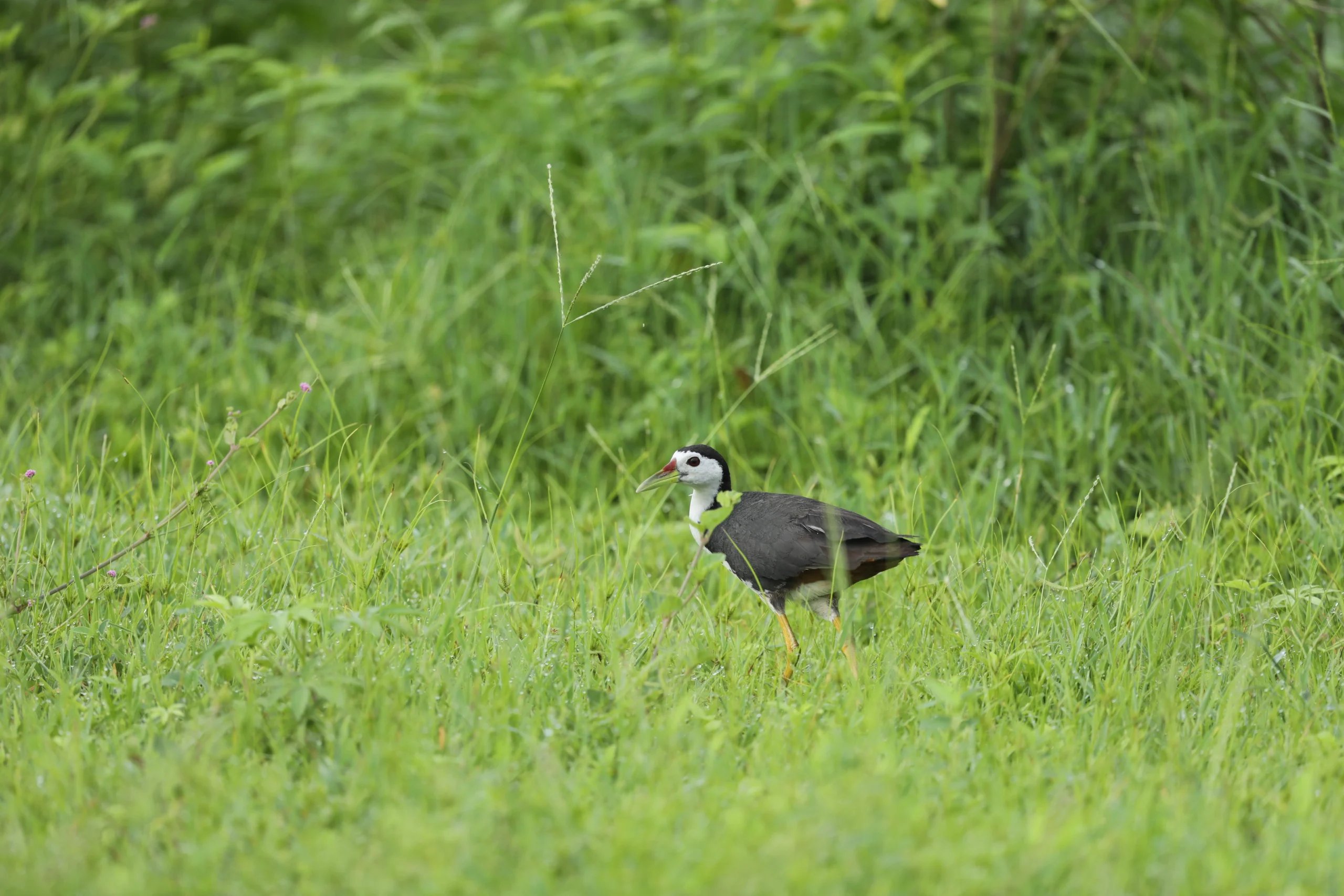
White-breasted Waterhen
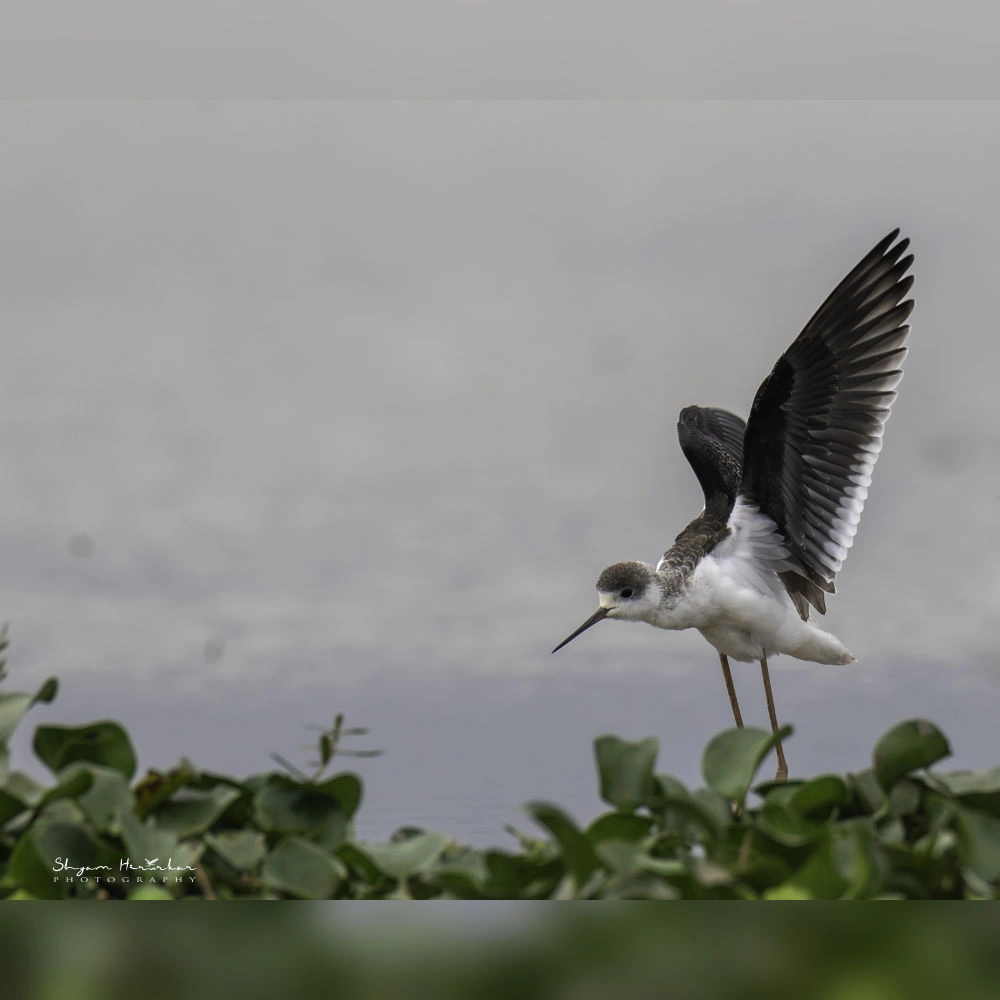
Black-winged Stilt
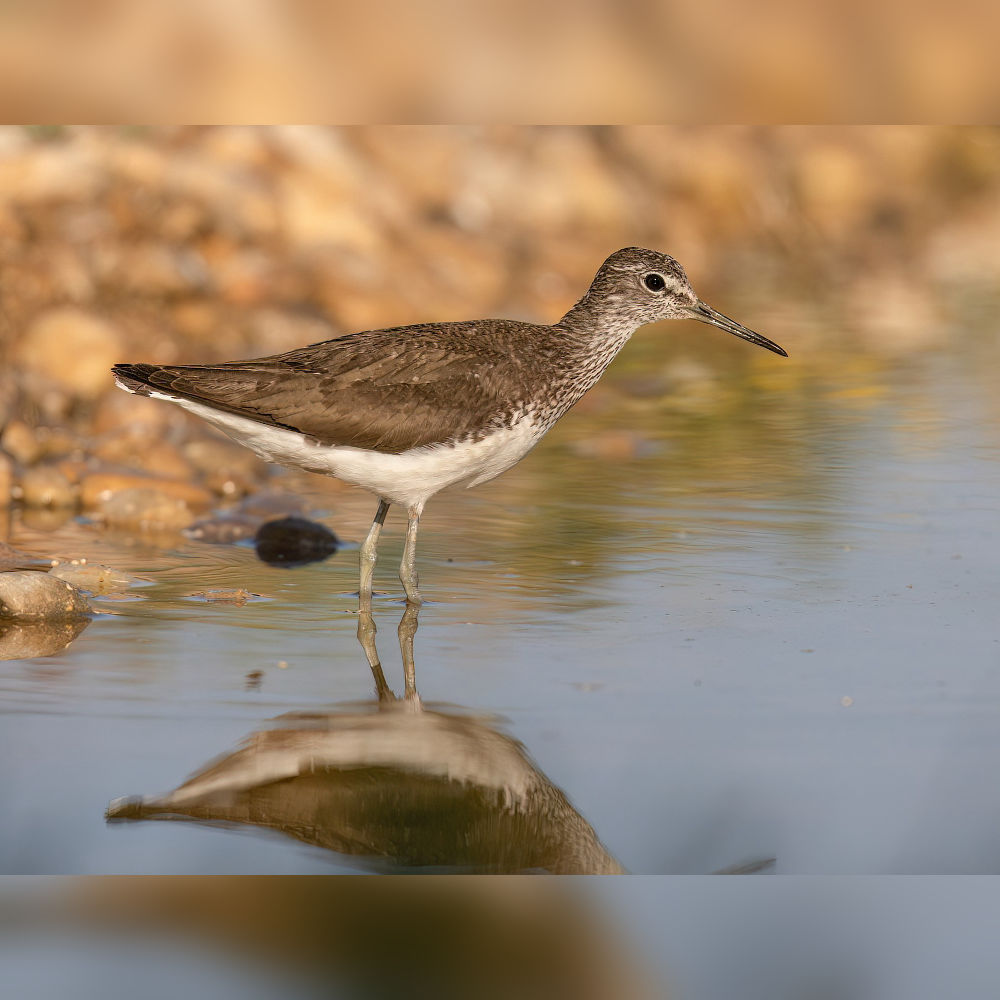
Green Sanpiper
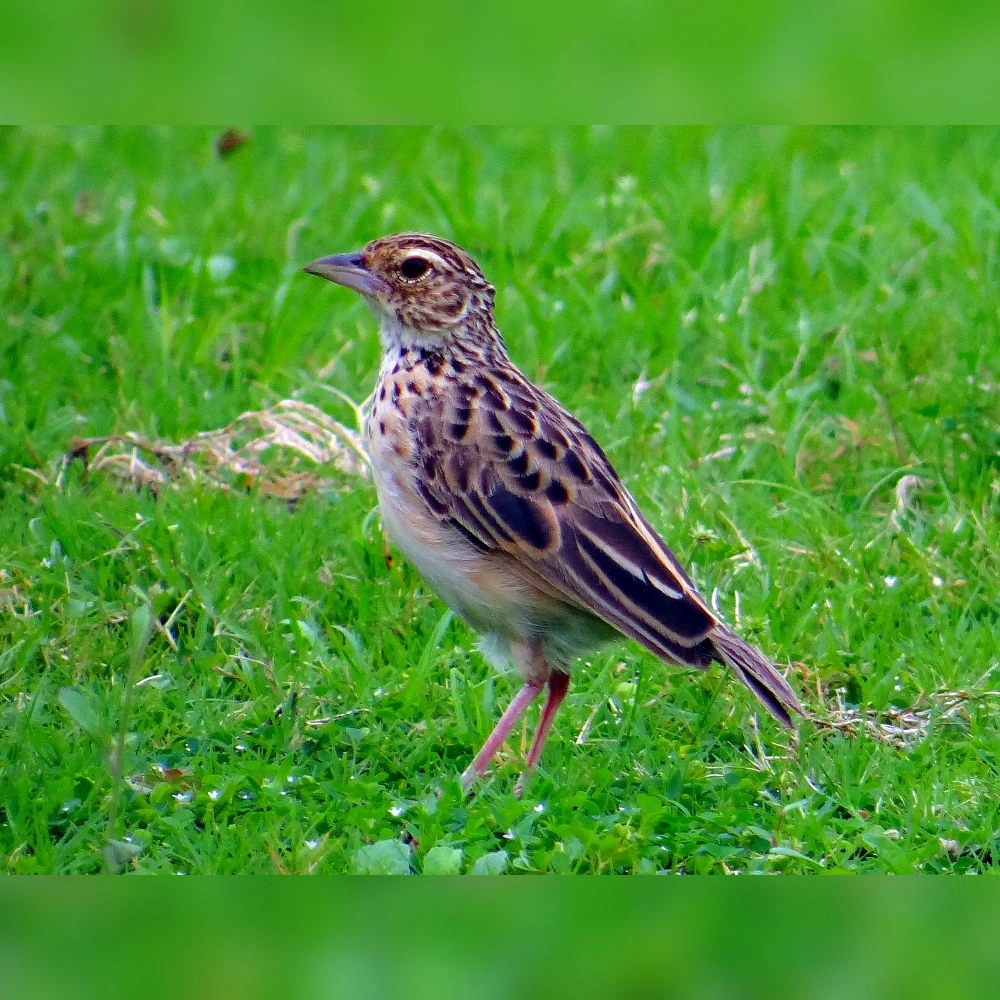
Paddyfield Pipit

Bird Guide: Rohit Yadav
Rohit Yadav, an engineer by profession, developed his interest in wildlife, forests, and birds through his uncle, who was a guide at Kanha National Park. His curiosity deepened into a passion in 2017 when he received training from his uncle, and by 2019, he began his journey as a naturalist in Ranthambore National Park. Since then, he has also worked in Kanha and Pench National Parks, gaining valuable experience in wildlife interpretation and conservation.
Summary of Walk
The bird walk at Chota Mahadev, Chhindwara, led by Rohit, began early in the morning near the serene dam, where twelve participants gathered to explore the avian diversity of the region. The group recorded an impressive 43 bird species, making it a delightful and educational outing for everyone involved. The walk provided a perfect opportunity for participants to observe how different habitats—wetlands, grasslands, and scrublands—support a variety of birdlife, offering valuable field exposure to beginners and seasoned birders alike.
It turned out to be a great learning experience for all age groups, especially for the young enthusiasts who eagerly learned how to maintain a bird checklist and identify species through behavior and calls. Among the highlights were wetland birds like the Indian Spot-billed Duck, Indian Pond Heron, Lesser Whistling Duck, White-throated Kingfisher, and Pied Cuckoo. The group also spotted some beautiful grassland species such as the Indian Silverbill, Crested Bunting, Siberian Stonechat, and Baya Weaver. The walk concluded with participants sharing observations and reflections, fostering a deeper appreciation for local bird diversity and conservation.
Number of Participants
0

